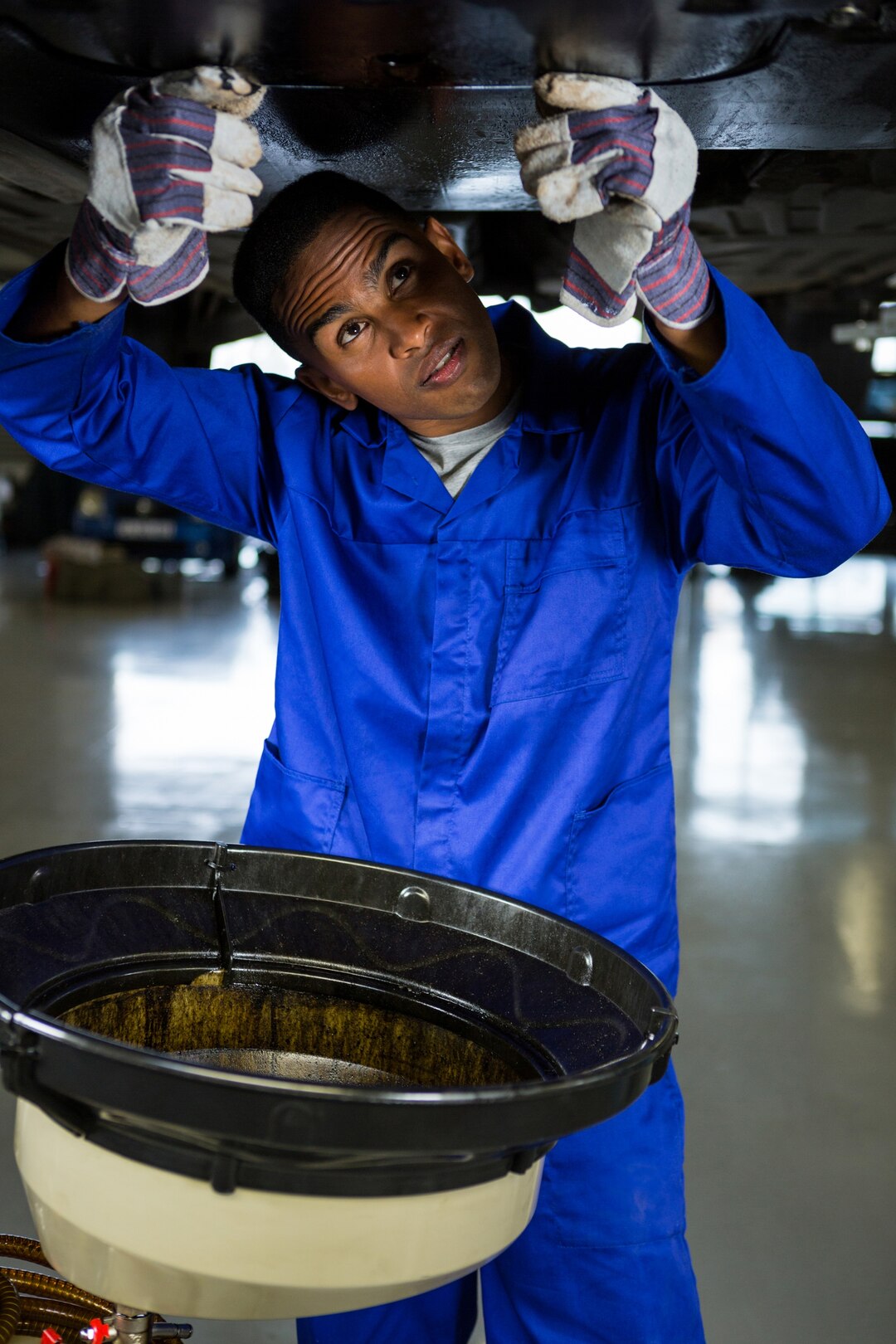Your car’s fuel tank is a critical component responsible for storing and supplying fuel to the engine, ensuring smooth and efficient operation. However, over time, fuel tanks can deteriorate due to corrosion, damage, or wear and tear, necessitating replacement. In South Africa, replacing a car fuel tank involves several steps, including assessment, removal, installation, and testing. In this article, we’ll guide you through the process of replacing your car fuel tank, provide an estimate of the time it takes, and offer insights into the associated costs.
Assessment and Diagnosis:
Before proceeding with the replacement of your car’s fuel tank, it’s essential to conduct a thorough assessment and diagnosis to determine the extent of the damage or deterioration. A qualified mechanic will inspect the fuel tank for signs of corrosion, leaks, or structural damage, as well as check associated components such as fuel lines and fittings for any issues. Based on their findings, they will recommend whether repair or replacement is necessary.
Removal of the Old Fuel Tank:
Once it has been determined that the fuel tank needs replacement, the next step is to remove the old tank from the vehicle. This process involves draining the remaining fuel from the tank, disconnecting fuel lines, electrical connections, and any other components attached to the tank. The tank is then unbolted or disconnected from its mounting brackets and carefully lowered or removed from the vehicle, taking care not to damage surrounding components.
Installation of the New Fuel Tank:
With the old fuel tank removed, the new tank can be installed in its place. The installation process typically involves positioning the new tank in the correct orientation, reconnecting fuel lines, electrical connections, and any other components, and securing the tank in place using mounting brackets or bolts. It’s crucial to ensure that all connections are properly tightened and sealed to prevent leaks or other issues.
Testing and Verification:
Once the new fuel tank is installed, the vehicle must undergo testing and verification to ensure proper functionality and safety. This may include conducting a pressure test to check for leaks, verifying that fuel is flowing correctly to the engine, and performing a test drive to assess overall performance. Any issues or abnormalities discovered during testing must be addressed promptly to ensure the vehicle’s reliability and safety.
Timeframes:
The time it takes to replace a car fuel tank in South Africa can vary depending on several factors, including the make and model of the vehicle, the extent of the damage or deterioration, and the availability of replacement parts. In general, the process can take anywhere from a few hours to a full day, depending on the complexity of the job and any additional repairs or adjustments that may be required.
Cost Estimates:
The cost of replacing a car fuel tank in South Africa can also vary depending on factors such as the vehicle’s make and model, the quality of the replacement tank, and the labor rates charged by the mechanic or repair shop. On average, the cost of replacing a fuel tank can range from R2000 to R8000 or more, including parts and labor. It’s recommended to obtain quotes from multiple repair shops or mechanics to compare prices and ensure you’re getting a fair and reasonable estimate.
Replacing a car fuel tank in South Africa is a multi-step process that requires careful assessment, removal, installation, and testing to ensure proper functionality and safety. While the timeframes and costs associated with fuel tank replacement can vary depending on several factors, it’s essential to work with a qualified mechanic or repair shop to ensure the job is done correctly and efficiently. By understanding the process and estimating costs upfront, you can make informed decisions and maintain your vehicle’s performance and reliability for years to come.











